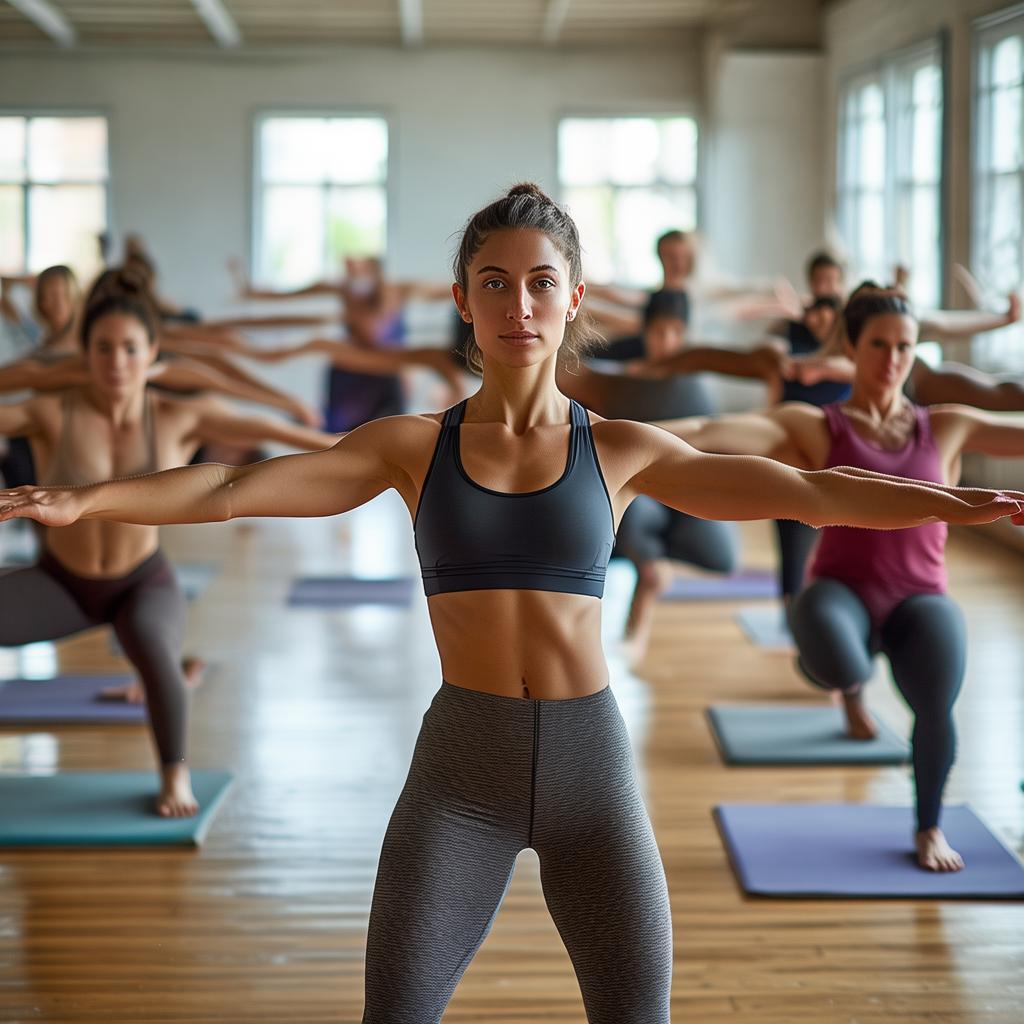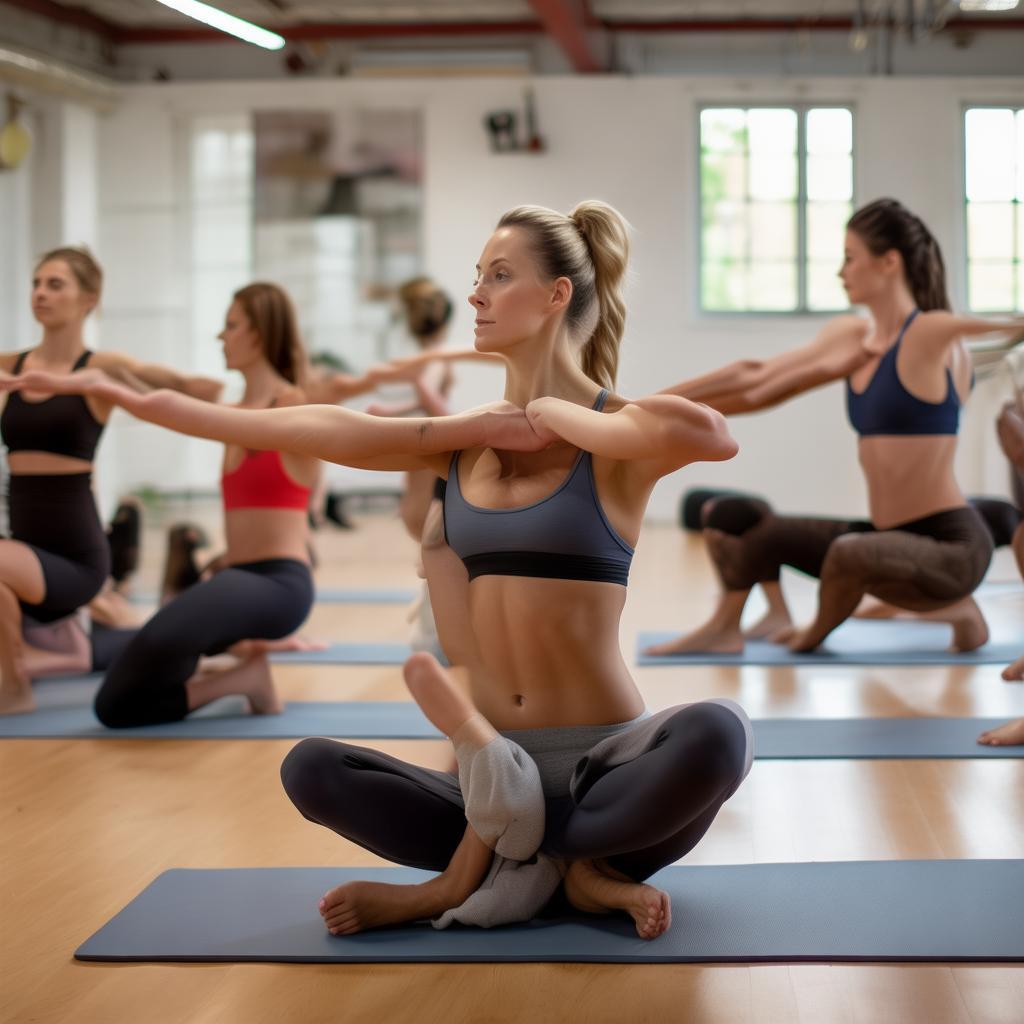Introduction
Have you ever been frustrated by the lack of size in your arms? In the realm of triceps training, the triceps pull – down is a staple isolation exercise. It offers flexibility, being executable in a gym setting with a gantry or even at home with an elastic band. However, when you step into the gym, you’ll likely encounter a plethora of postures during this exercise: half – squats, standing upright, leaning forward, and different ways of holding the bar with or without separating the arms, along with various elbow positions like perpendicular to the ground or “flying elbows”. This can leave novice trainers feeling rather confused about the proper execution.
Understanding the Triceps Structure
The triceps is situated at the back of the upper arm and consists of three parts: the long head, the lateral head, and the medial head. If your goal is to build impressive arms, targeting these three heads of the triceps is crucial, and the triceps pull – down is the linchpin of such training. Moreover, triceps training is not just about arm development; it also contributes to improving overall strength and endurance. During the movement, the core, back, and shoulders are also engaged. As your overall strength increases, the exercise will adapt to your new strength and skill level. Performing it correctly involves isolating the muscles, which is a fundamental skill for many other exercises.
Step – by – Step Instructions
Preparation: Face the pulley machine with the rope or straight bar attachment and grip it with a positive grip. Position the bar around the height of your pectoral muscles. Adjust the pulley to an appropriate height and start with a lighter weight, as weights can vary between different machines.
Starting the Movement: Begin by tightening your abdominals. Tuck your elbows into your sides and slightly spread your feet. Inhale. Push down until your elbows are fully extended, but avoid completely locking your joints. Keep your elbows close to your body and bend your knees slightly as you pull down. Refrain from bending forward and try to keep your back as straight as possible. Exhale and return to the starting point under muscle control, ensuring the weight block doesn’t hit the floor. For beginners, aim for 4 sets of 8 reps.
Common Mistakes
Elbows Opening Outwards: When pushing down, don’t let your elbows flare out. This reduces the effectiveness of the triceps workout and places excessive stress on the shoulders.
Unequal Force from Both Sides: Ensure that both arms push down smoothly.
Too Much Force from the Back: Avoid bending over with your back and shoulders to control the weight. Instead, lean forward slightly and allow your knees to bend slightly to ensure even muscle activation.
Modifications and Variations
Handle Variations: If your gym has a pulley machine or gantry, there may be different handle – grip styles available, such as straight bars, curved bars like e – z bars and v – bars. They are used in a similar way, but you may find one more comfortable than the others.
Resistance Band Option: If you can’t make it to the gym or your gym lacks a pulley machine, resistance bands are a great alternative for home or travel workouts. You’ll need overhead fixed points like metal bars, poles, or hooks. Hang a section of the resistance band from a secure point (at least chin – high), grasp the end, and pull down in the same manner as on the pulley machine.
One – Handed or Two – Handed: Tricep pulldowns can be done with one or both hands. A two – handed pull – down is beneficial whether on a machine or using a resistance band. Doing one arm at a time allows you to slow down and correct poor form, and it’s also useful if one arm is recovering from an injury or is weaker.
Rope Attachment: If available, consider using a rope attachment. Pausing when pulling it to the bottom can make triceps training more challenging and add variety to your routine.





